In a steady staccato Bob Matesic tells you his dream: “I want to live in a two-storey group home, with three coworkers and four staff people.”
The 56-year-old is one of 5.1 million Americans with an intellectual or developmental disability. Like roughly 3.5 million of them, Mr. Matesic still lives with family—his older brother, David, and wife Bindy. The Matesics would like Bob to move into a local group home, with round-the-clock care funded by Medicaid. But there is no room for him. After four years on a state waiting list, he still cannot get a spot.
As states continue to close large state-run institutions designed to house large numbers of people with cognitive disabilities, the United States faces a new crisis: a shortage of new nonprofit group homes, which have replaced institutions as the country’s preferred way of providing lodging and support for this population.
[Explore America's in-depth coverage on Disabilities.]
Activists and caregivers say they are also worried about rising costs and cuts to Medicaid in the proposed new federal budget. They also face a demographic crunch due to aging baby boomers, stagnant wages for caregivers and a workforce shortage exacerbated by curbs to immigration under the Trump administration.
As expectations for taking care of people with disabilities have risen, total government spending on housing and support has ballooned.
As expectations for taking care of people with disabilities have risen, total government spending on housing and support for this population has ballooned to around $65 billion a year from around $25 billion in 2000, according to the Coleman Institute for Cognitive Disabilities at the University of Colorado.
The new federal budget could lead to cuts in that number. “The President’s Budget would have a devastating impact on people with disabilities and their families with unprecedented cuts to Medicaid, Social Security, and many other programs that make community living possible for many people with disabilities,” The Arc, an advocacy group, said in a statement.
Although each state has its particular problems, “across the nation, the big issues are similar,” says Mary Lee Fay, executive director of the National Association of State Directors of Developmental Disabilities Services. Modern needs for the cognitively disabled “run the gamut, and the complexity of individuals and the desire for choice is ever increasing,” says Robert Budd, the chief executive officer of a network of group homes in New York that takes care of over 1,000 people, with around 2,400 employees to take care of them. “In some ways that’s a good problem, but in other ways it makes things more stressed.”
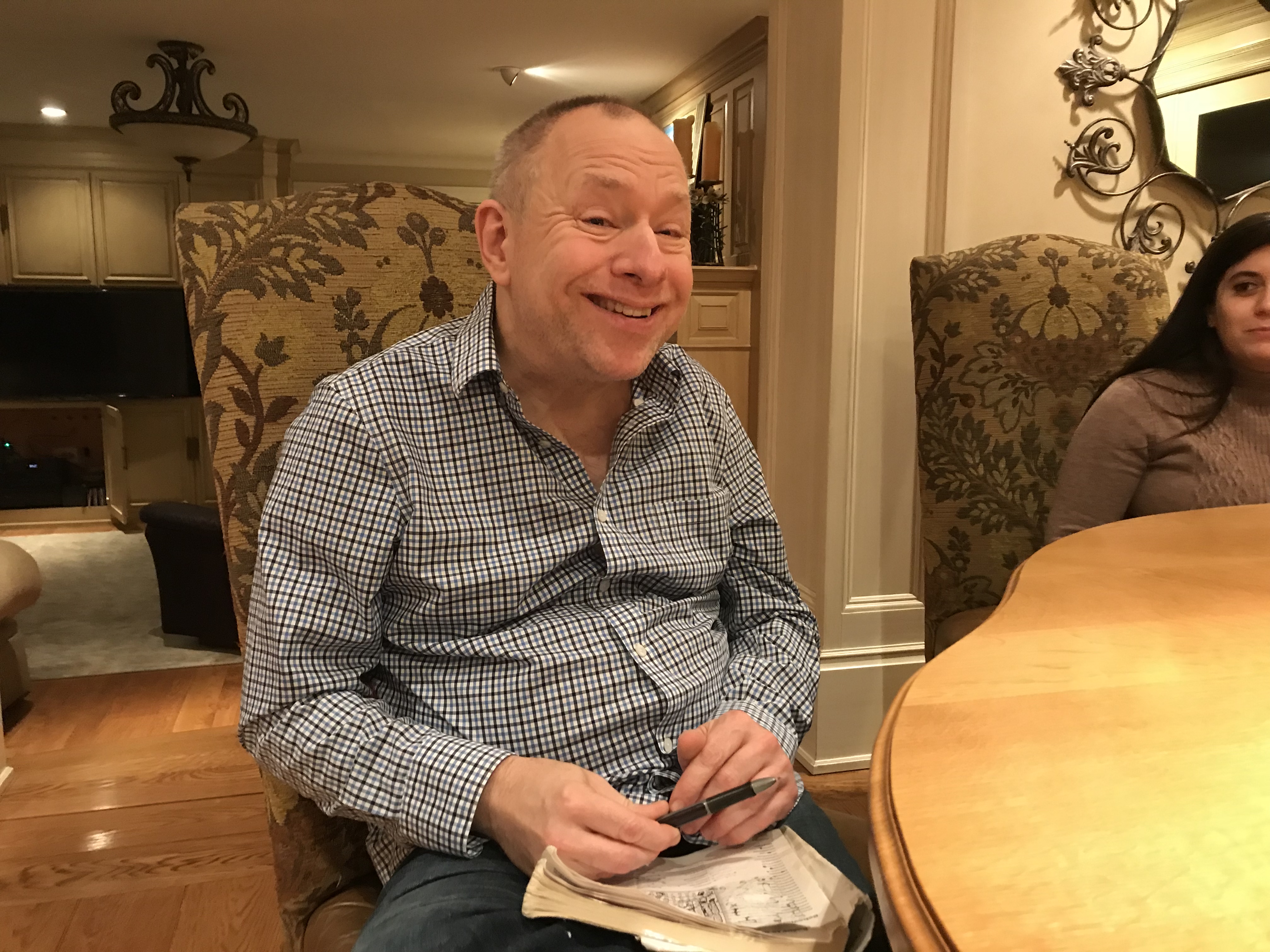
Indeed, higher, more expensive standards of care are a good problem to have for many people with disabilities and their families. When Jim Tanasse of Olympia, Wash., was a young man and his brother Joe was born with Down syndrome, “it was the ’60s, when parents were learning to demand better conditions, and they got him a place in a group home, instead of an institution,” he says. When Mr. Tanasse’s own son, Ryan, was born with disabilities, Mr. Tanasse “knew what kind of life I wanted him to have.”
Ryan lives in a supervised group home with two other men and a caregiver, and works two jobs, including one washing dishes at a local hockey arena. Every Thursday afternoon, he walks three or four dogs as a volunteer for the Humane Society. “He has independence and is able to impact the community,” says Mr. Tanasse.
In Search of Safe Havens
In the Middle Ages and, later, revolutionary-era America, the “feebleminded” were cared for by families and wider communities. Simple Simon could meet the pie man going to the fair. Although they were sometimes treated with scorn, they were also romanticized. William Wordsworth’s 1798 poem “The Idiot Boy” tells the story of an intellectually disabled young man who gets lost on an errand and communes with nature. The essence of human goodness could be found by looking to those “who lead the simplest lives,” Wordsworth said.
As the Industrial Revolution introduced mass production and markets, governments built sprawling institutions to house the disabled, modeled on the asylums of medieval Europe. “For some, institutions were a safe haven if their families were highly involved and could monitor things,” says Linda Plourde, who runs an agency in California that provides living support to 80 people with disabilities who live independently. “For others who were more isolated, it was a nightmare. People would be dropped off and abandoned.”
The number of people housed in these institutions in the United States peaked at 194,650 in 1967 and declined to 21,103 in 2015, the last year for which data is available, according to the Coleman Institute. By comparison, 680,851 people lived in group homes in 2015.
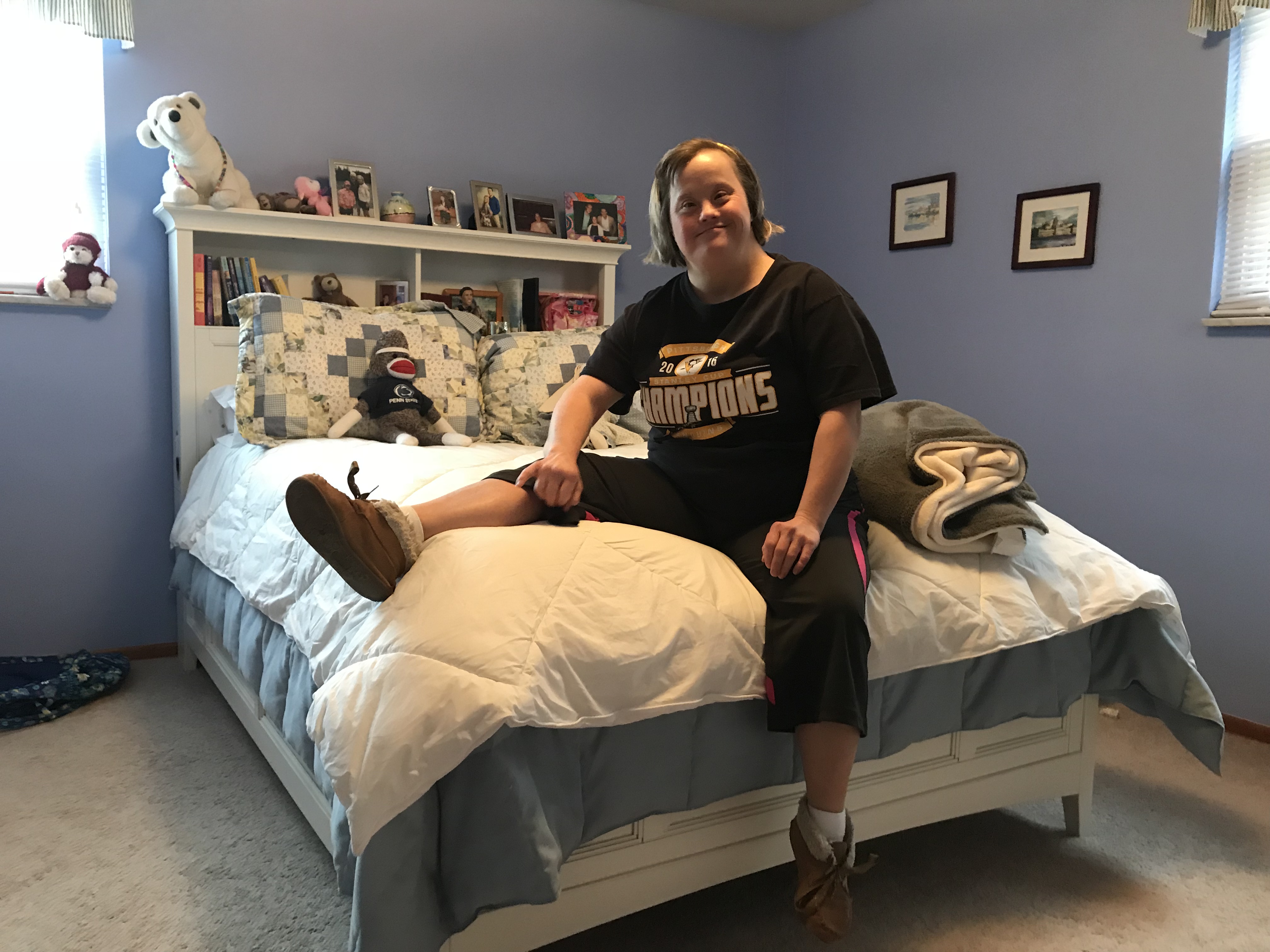
In the 1960s and 1970s, newspaper and documentary film exposés of the horrible conditions in institutions—overcrowding, children kept in cages, men and women wandering around naked and dirty—and Ken Kesey’s book One Flew Over the Cuckoo’s Nest (1962), as well as the activism of Eunice Kennedy Shriver, helped turn public opinion against this approach to care. Class-action lawsuits and federal legislation, including the 1980 Civil Rights of Institutionalized Persons Act and the Americans with Disabilities Act of 1991, created standards for care that large-scale institutions could no longer meet.
Under these new regulations, Medicaid funding was tied to increased federal oversight. Significantly, the government agreed to pay group homes the same money they were paying institutions to take care of people. The amount depends on the severity of the person’s handicap and level of need, and can add up to anywhere from under $250 to over $700 a day. Cumulatively, that can add up to hundreds of thousands of dollars a year per person.
The shift was driven in part by Catholics, who ran some of the larger institutions. It was the Catholic thinker Jean Vanier who started communities where people with intellectual disabilities lived with people who did not. We all have the same heart, the same desire to be loved, Vanier preached, inspiring millions.
Federal legislation like the Americans with Disabilities Act created standards for care that large-scale institutions could no longer meet.
“The encounter with the individual person, like Jesus did, is very important,” says David Cloutier, a professor of moral theology at The Catholic University of America. “And the group home model seems to support that, although Catholic social teaching doesn’t endorse specific policies.”
One reason there is a shortage of beds for the cognitively disabled is that it is hard to find a sustainable business model that can meet the need. “There’s just not a private market because of the expense of it,” says Dan Berland, director of federal policy for the National Association of State Directors of Developmental Disabilities Services. “Some people [with cognitive disabilities] might need 60 to 70 years of fairly intensive services, and that’s just not a lucrative situation, like it is for the aging.” It is a question of competing funding needs and political will, Mr. Berland says.
As group homes replaced institutions, medical advances extended the lives of people with disabilities, improving their lives and creating a need for more care. Roughly half of newborns with Down syndrome have congenital heart defects, a condition doctors have treated much more effectively since the 1980s. The life expectancy of people with Down syndrome has increased to 60 from 28 since 1984, says Dr. Brian Chicoine, co-author of Mental Wellness in Adults With Down Syndrome, and founder of a clinic that specializes in treating people with the condition. “It used to be that our patients would never outlive their parents, and now it happens all the time,” he says.
As group homes replaced institutions, medical advances extended the lives of people with disabilities, improving their lives and creating a need for more care.
There is hope that technology could help people with disabilities lead more independent lives, says John Maltby, a former Wall Street commodities trader who now campaigns for housing reform for people with disabilities. “There’s still much to be done to cut costs and still care for people,” says Mr. Maltby, who says he has been motivated by love for his son, Andrew, who was born with developmental disabilities.
Mr. Maltby advocates using technology to make care more affordable—for example to dispense medication, ferry people around with automated vehicles or monitor people. But technology, he adds, is just a tool and no substitute for what people with intellectual disabilities really need: “support that is truly person centered, with their having ability to make genuine choices and control their services and budget as much as they are able to.”
Only 17 percent of people with intellectual disabilities are employed, and activists fear automation will decrease this number. John D’Eri, a former corporate chief executive officer who started a company in Fort Lauderdale, Fla., that employs 80 people with developmental disabilities, including his son Andrew, says he is not worried. “We’ve identified over 50 steps to washing a car, and a lot of them are repetitive tasks that machines can’t do and neurotypical people like us get bored doing,” says Mr. D’Eri. Employees make $8.25 an hour, plus tips.
The Journey of Emmaus
The place where Bob Matesic wants to live is the Emmaus Community of Pittsburgh, whose story underscores the crisis faced by group homes. It was founded in 1989 by Ken and Lorraine Wagner, a couple inspired by Mr. Vanier’s teachings. Emmaus is headquartered in a red brick building that used to belong to a church, along the Monongahela River, not far from where steel mills once pumped out metal.
Emmaus takes care of 37 people with disabilities, housing 22 of them, with a staff of 85, 70 of whom are low-wage direct caregivers, a ratio that is common in the sector. When they started the community to care for their daughter and others, “we were the first new provider in the area in 17 years,” says Lorraine. “We hired people who wanted to work with people with disabilities because it was a calling. It’s hard to find people like that these days.”
Ninety percent of Emmaus’s roughly $4 million a year budget now comes from Medicaid, says the director, Karen Jacobsen, a career Catholic activist who worked with homeless children before coming to Emmaus. She welcomes the Medicaid funding but says that the regulations that come with it are burdensome.
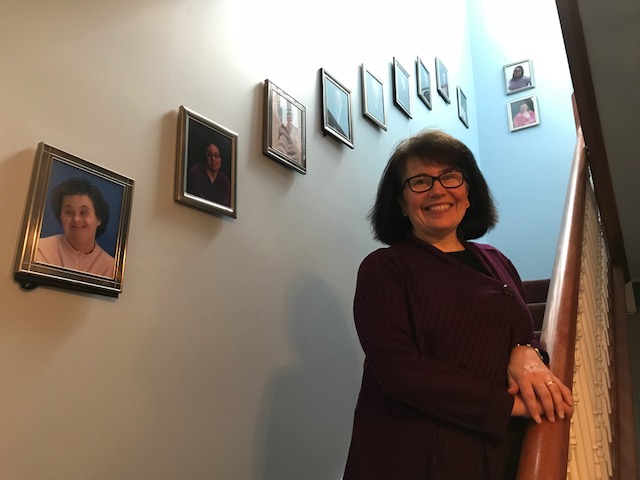
Sharing your life with people with disabilities, says Ms. Jacobsen, is a calling and “an expression of love that we don’t have language for.” “Very few people are meant to live alone, with or without a disability.” Working with people with disabilities “teaches you love and openness and the capacity to live in the present.”
But Ms. Jacobsen says it is important not to be carried away with idealism. “You have to make things work,” she says, listing Emmaus’s difficulties.
It is common, she adds, “to get a phone call saying my mom is 80, she’s about to die, can you take care of my 60-year-old sister?” In that situation, she must tell them to apply through the state.
“In the old days, you had one room with 25 people in it, and now you have 10 homes for those people, but that means 10 mortgages, and a lot of other costs,” she says.
And, always, there is a short supply of workers.
On a recent day at Emmaus, 70-year-old Gloria Vonda, a “direct support professional,” cut up a turkey sandwich from Subway for Gerry, a cheerful resident in her 70s, before entering the sandwich data into a logbook she keeps to meet state requirements. Ms. Vonda, who is African-American and has a master’s degree, works for the low pay because she has to support her teenage granddaughter. In the afternoon, she and Gerry will work on craft projects, fold laundry or watch TV, maybe “Judge Judy” or “The Young and the Restless.”
Because average pay is under $12 an hour, it is hard to attract college graduates. Instead, the majority of people who care for people with disabilities are women seeking part-time work to support their families, and many of them are minorities. In cities, the percentage is heavily tilted toward immigrants. For example, “over 70 percent of direct support professionals in Miami are foreign-born,” says Gabrielle Sedor, chief operations officer for the American Network of Community Options and Resources, which represents 1,400 organizations that take care of over 600,000 people.
The majority of people who care for people with disabilities are women seeking part-time work to support their families.
Turnover in the sector is over 45 percent, which is a problem because the work often requires uniquely personal assistance. Many people with intellectual disabilities need daily assistance to use the bathroom. Aides also help them eat, get dressed and cope with wild emotional swings and sexual impulses. “You have people dealing with the most intimate things, and if you have a different person coming to do that every week, that has an impact on your quality of life and creates more behavior issues,” she says.
Emmaus would like to offer more money to help retain staff, but it does not have the funds. “I used to say hell would freeze over before we hired a temp agency,” says Ms. Jacobsen. “Well, I’ve hired a temp agency.” That means they worry less about finding enough workers. But temp agency workers can be unprepared. And for every worker, a background check and clearances must be obtained.
“Our employees are not doing as well as our residents,” says Ms. Jacobsen, the director. Indeed, if you make $11.40 an hour as a caregiver, you can probably not afford the kind of house that the people with disabilities live in.
The Way They Are
On a rainy Thursday afternoon, in a standalone suburban house Emmaus owns a few miles south of the headquarters, Marisa Niwa, a resident, watches Olympic curling on television. Erin Gannon comes home from her shift at Giant Eagle.
Marisa and Erin hug each other and sit down. “I get confused by things and things get crazy, but I like staff who love you for who you are,” says Erin. “Sometimes my emotions go every which way.”
Marisa takes me to the basement. There is a stationary bicycle and weights. “I like to work out for an hour every morning,” she says. We go upstairs, where each woman has a bedroom, decorated in the style of a quiet, mature teenage girl. Erin’s bed isn’t made. “Look at Erin’s room,” says Marisa, giggling. “She is messy.”
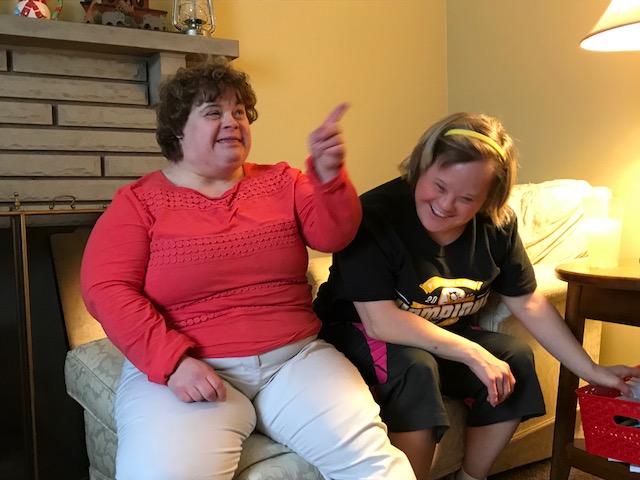
That is the kind of life the Matesics want for Bob. They are a tight-knit Croatian Catholic clan, whose patriarch owned a bar on the banks of the Monongahela river where steelworkers would stop in for a pint after work.
Bob has eight siblings, and every one learned to look after Bob, who was diagnosed early on with infantile autism, mild mental retardation and epilepsy. “We all understood that there would be a responsibility to take care of him,” says David Matesic, a burly businessman who owns a construction company.
Bob’s dad died in 1999, and his mom took care of him. In 2011, she developed Alzheimer’s and entered a nursing facility.
Bob moved in with David and his wife, Bindy. They hired a caregiver who helps Bob with his meals, washing and medication, which is necessary to prevent seizures and manic outbursts. It is important to keep careful track of meals. People with intellectual disabilities often overeat, says Danielle Risha, his current aide.
Bob has eight siblings, and every one learned to look after Bob.
They are good friends. When he comes home and she is watching TV, he likes to grab the remote and turn everything off, proclaiming, “I’m tuning out the world.”
Bob receives a bit over $1,000 a month in Social Security disability, and state money helps support his job and occasional short stays at Emmaus, but the family does not receive any direct government funding.
On a recent evening, Bob ate dinner with his sister Betsie, visiting from out of town, and his sister-in-law, Bindy. Bob had returned from his job with a nonprofit that subcontracts simple services to corporations. He had spent the day picking up cigarette butts and was not happy.
Bob speaks a bit like the autistic Dustin Hoffman character in the movie “Rain Man.” And he has some similar abilities. When he watches a football game, he remembers uniform numbers, but not play on the field. When Bindy challenges him to name the day of the week of a specific date, he answers immediately. He is attentive to his surroundings, asking visitors about their eye color and getting up to chase a cat off the kitchen counter. Bob enjoys going to Mass and once asked a priest what would happen if there were two true gods and two trinities, totaling six. “We’d be having a different conversation,” the priest replied.
He likes to talk about his imaginary girlfriends. He pulls out a picture of a blond woman his niece Cassie found on the internet. “That’s Wilhelmina,” he says, by way of introduction.
Four years ago, David put Bob on the state waiting list to enter a group home. “We’d like to manage things before they reach a boiling point,” says David, who sits on the board of Emmaus and has been trying to apply his business acumen to sorting out better solutions for taking care of people like his brother.
“I’m a tough conservative,” David told me. “But as a society, we need to take care of the most vulnerable. This is a segment of society that can’t be repaired, they’re always going to be with us, and they’re going to be taken care of.”
“For now, we can manage Bob’s day-to-day, but what happens if something happens to us?”
At the dinner table, Bob is being teased. “Dave and Bindy are going to come with you in the group home,” says Bindy.
“N. O.” says Bob. “No.”
“We’re joking,” says Bindy. “Would you miss us?”
“Yes,” says Bob. “But I want to move, I just need black plastic bags.”
Recently, David’s son Aaron moved out of their house. He packed some of his belongings in black plastic bags.

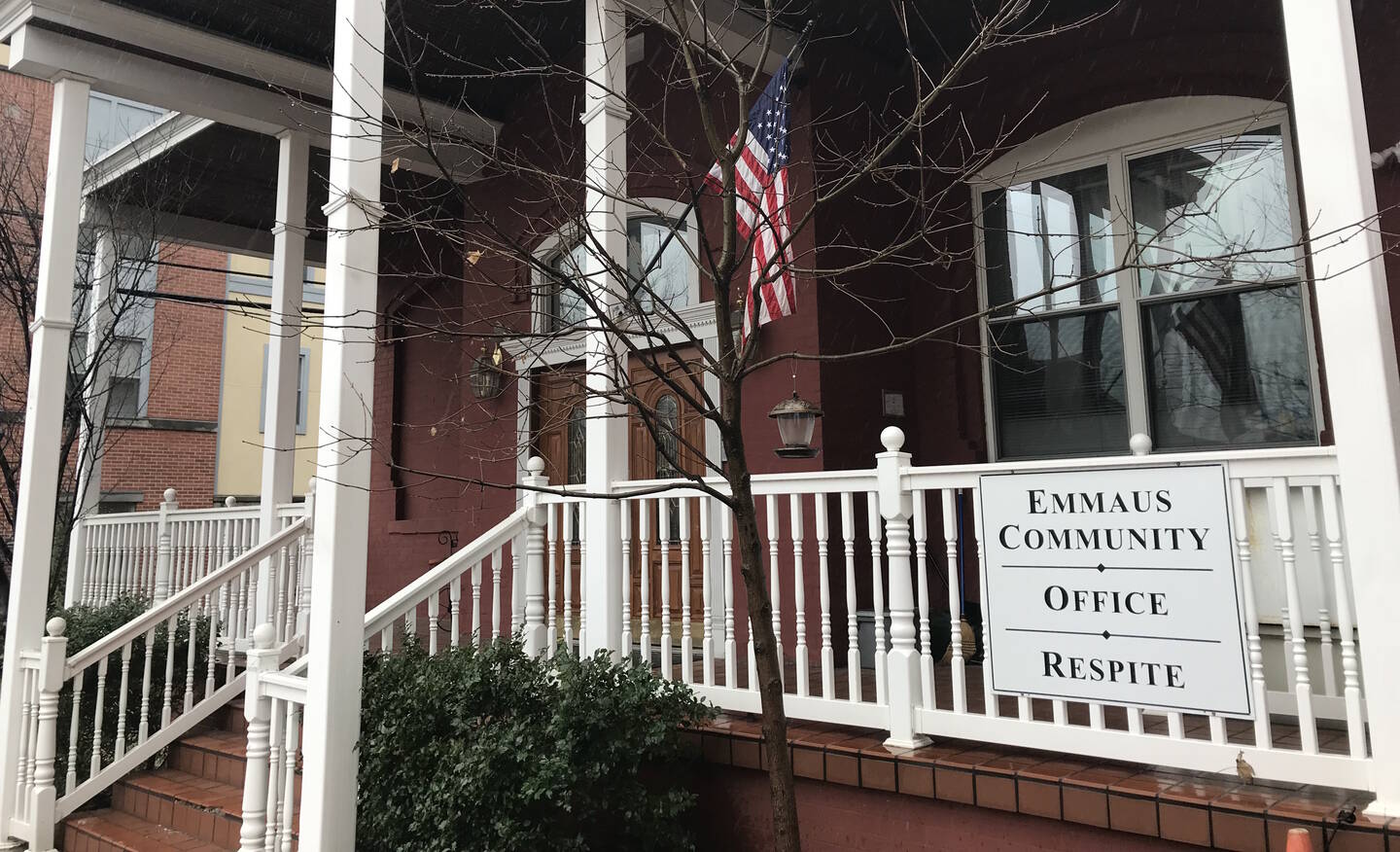









In seeking services for a family member with disabilities, I was told "He walks and talks and has a living parent. He will never qualify for a group home until his parent dies." As it turned out, he moved to a different state where services were available. In the other state, a conversation with a state worker about his being able to move to a group home started with, "Have you ever won the lottery?" It felt winning the lottery to obtain services for my family member.
Anyone who imagines that the realities of obtaining care for someone disabled do not inform the decisions to abort fetuses with known disabilities is naive.
Great article. Thanks for writing it.